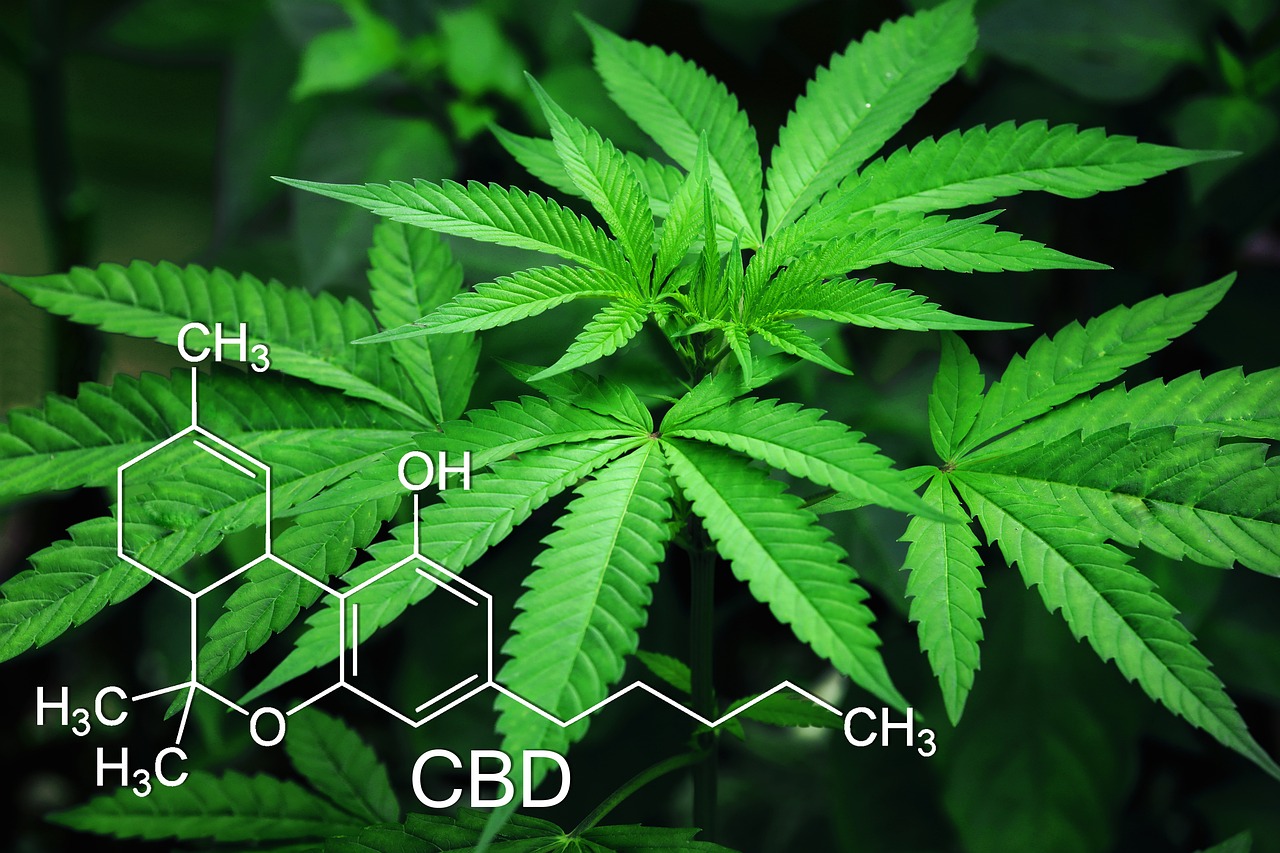CBD vs. THC: Understanding the Science Behind Cannabis Compounds
Cannabis, a plant with a history that spans thousands of years, has become the center of a global conversation. At the heart of this conversation are two primary compounds: Cannabidiol (CBD) and delta-9-tetrahydrocannabinol (THC). But what are these compounds, and how do they affect the human body?
1. Introduction: The Cannabis Conundrum
Cannabis contains over 500 distinct compounds, including cannabinoids, terpenoids, flavonoids, and omega fatty acids. Among these, THC and CBD stand out for their unique effects on the human body and their potential therapeutic benefits.
2. THC: The Psychoactive Powerhouse
THC is the most well-known cannabinoid, responsible for the "high" associated with cannabis. When consumed, THC binds to CB1 receptors in the brain, affecting perception, mood, emotion, cognition, and motor function. However, it's essential to note that THC's potency has been increasing globally, leading to concerns about its potential health impacts, especially concerning cognitive and psychiatric disorders.
3. CBD: The Therapeutic Titan
Unlike THC, CBD does not produce a psychoactive effect. It gained mainstream attention after being featured in Dr. Sanjay Gupta’s CNN special report “Weed”, highlighting its potential benefits for children with severe seizure disorders. CBD has been shown to possess a range of medically useful properties, from anti-inflammatory effects to potential benefits for conditions like epilepsy.
4. The Endocannabinoid System: Nature's Balancing Act
Both THC and CBD interact with the body's endocannabinoid system (ECS). The ECS plays a pivotal role in regulating various physiological processes, including mood, appetite, and pain. Cannabinoids like THC and CBD influence these processes by binding to or influencing the ECS's receptors.
5. The Entourage Effect: More Than the Sum of Its Parts
Beyond THC and CBD, cannabis contains a myriad of other compounds, including terpenes and flavonoids. These compounds are believed to work synergistically, enhancing the therapeutic effects of cannabis when consumed together, a phenomenon known as the "entourage effect."
6. Conclusion: A Plant of Potential
The debate around cannabis and its compounds, THC and CBD, is far from over. As research continues, it becomes clear that these compounds offer a range of benefits and potential risks. By understanding the science behind them, consumers can make informed decisions about their cannabis consumption.
Note: This article is based on information from NCBI, UCLA Center for Cannabis and Cannabinoids, and Kind Meds. Always consult with a healthcare professional before making decisions about cannabis consumption.
"CBD vs. THC: Understanding the Science Behind Cannabis Compounds" | Weed Finder News



